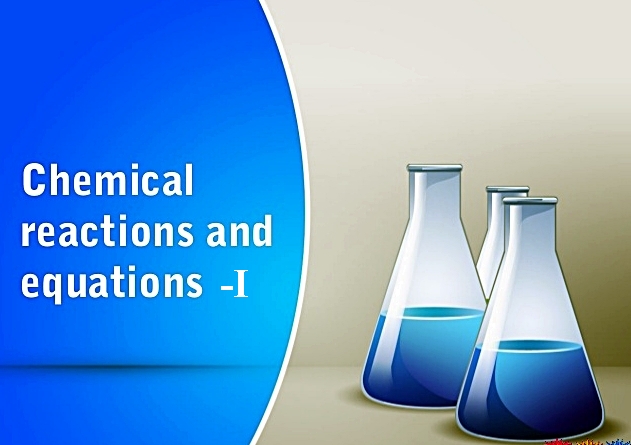Matter In Our Surroundings
Matter
·
Anything that occupies
space and has mass is called matter.
·
It exists in the form
of five basic elements, the “Panch Tatva” – air, earth, fire, sky and
water. ( According to Early Indian
philosophers)
·
For example: Chair,
bed, river, mountain, dog, tree, building etc.
·
Modern day scientists
have evolved two types of classification of matter based on their
physical
properties and chemical nature.
Physical
nature of matter
1.
Matter
is made up of particles
Procedure
i.
Take a 100 mL beaker.
ii.
Fill half the beaker
with water and mark the level of water.
iii.
Dissolve some salt with
the help of a glass rod.
Observation:
We observe that when salt is dissolved in water there is no rise in the level
of water.
Conclusion:
During dissolution, the particles of salt get into the spaces between the
particles of water. As a result, they get evenly distributed and there is no
change in volume.
2.
Particles
of matter are very small
Procedure
i.
Take 2-3 crystals of potassium
permanganate and dissolve them in 100 mL of water.
ii.
Take out approximately
10 mL of this solution and put it into 90 mL of water.
iii.
Repeat this step for 5
to 8 times.
Observation:
We will see that the colour of the solution turns lighter on each dilution.
This activity shows that just a few crystals of potassium permanganate can
colour a large volume of water.
Conclusion: This activity proves
that matter is made up of tiny particles. So we conclude that there must be
millions of tiny particles in just one crystal of potassium permanganate, which
keep on dividing themselves into smaller and smaller particles. Ultimately a
stage is reached when the particles cannot divide further into smaller
particles.

Characteristics of
particles of matter
1.
Particles of matter have space between them.
2.
Particles of matter are continuously moving.
i.
Particles of matter possess kinetic energy.
ii.
As the temperature increases particles move faster.
iii.
Increase in temperature increases the kinetic energy.
iv.
Due to this reason smell of incense stick spreads
through out, blue or red ink
spreads through out the glass of water and
crystals of copper sulphate gets mixed at
faster rate in hot water.
v. In activities 1.3,1.4, 1.5 we observe that particles of
matter intermix on their own.
This happens due to the spaces between the
particles.
vi. Intermixing of particles of two different types of
matter on their own is called diffusion.
vii. Increase in temperature increases rate of diffusion.
3.
Particles of matter attract each other.
i. Attraction between the particles is due to forces of
attraction acting upon them. So we can conclude that out of iron nail, a piece
of chalk and a rubber band, particles of iron nail are held together with
greater force.
Prepared by Ms. Priti Maan












0 Comments